You are in phase three of your reupholstering furniture project! Congratulations on making it to this step! Let’s recap how far you’ve come! First, you took your time tearing down your furniture to the bare frame. Read all about the first phase of reupholstering here! Then you attached a spring support system to the deck, and possibly to the back of your chair as well. You then added edge roll to your project which provides comfort and a decorative look. Read all about this second phase of reupholstering furniture here!
Now you are ready to add padding to your project. You will quickly see that there are a lot of upholstery padding choices. Don’t let all the choices intimidate you. Let’s look at the common upholstery padding choices available, why they are used, and how to choose the right padding for your upholstery project.
Upholstery Padding Choices
While there are a lot of options, it is important to remember the purpose of your padding, which is to provide comfort and shape to your finished piece of furniture. Each different type of padding is designed to do this, however, they all will have a different feel. Therefore, it comes down to what you want the end project to feel like. Here is an overview of the main upholstery padding options that we will discuss:
- Cotton
- Foam
- Bonded Polyester fiber and Loose Polyester Fiber
- Horsehair
Cotton – Natural or Synthetic
Cotton is the first padding option we will look at. You can get either natural or synthetic cotton, just make sure you use upholstery cotton and not quilters cotton!
Upholstery cotton comes as a roll and is typically sold by weight. There is a 100% natural cotton, which is an off-white color with brown flecks in it. These brown flecks are actually part of the cotton plant. You have probably seen this product when tearing down older antique pieces. I like synthetic cotton, which looks similar to the natural version except it is pure white and not a natural product, but man-made. I like the feel of and working with the synthetic, but both are good products.
Using cotton will give you a great finished product without using straw or other fibers in your piece. Whether you use natural upholstery cotton or synthetic doesn’t matter, as it shouldn’t impact the softness or comfort of the final project. However, synthetic cotton is typically cheaper and easier to acquire and work with. Natural cotton can have a higher price tag, and doesn’t tear as easily as synthetic, making it slightly harder to work with. However, it does tend to hold its shape better in the long run when compared to synthetic. Regardless of whether you choose natural or synthetic cotton, when padding the seat with cotton you will use many more layers than you think you need!
Foam
The next type of upholstery padding is foam, which also comes in a few different choices. You’ll find different types, sizes, and thickness. The main types of upholstery foam are medium density polyurethane antimicrobial foam, high density polyurethane foam, dry fast open cell foam, closed cell foam and fabric backed sew foam.
Medium Density Polyurethane Antimicrobial Foam is a traditional foam option with medium firmness that is suitable for seating and mattress applications. However, high density polyurethane foam is usually the best choice for your interior upholstery projects. As with all padding options you want to select something that will stand the test of time. When it comes to foam, the higher density foam will provide more longevity. The higher density foam is also more resilient, allowing the foam to return to its original shape after sitting. For most foam upholstery applications, especially with furniture in high traffic areas, you want to go with high density polyurethane foam.
There are certain projects where you would select one of the other foam types. For instance, dry fast open cell foam is a great choice for outdoor projects or boat projects. The open cell foam design creates foam that will dry fast when it is exposed to elements and prevent mold and mildew.
Closed cell foam
Closed Cell Foam resists moisture absorption, making it buoyant. This foam is much firmer than polyurethane foam. It is also a more expensive option. Closed Cell Foam is a great option for boat seating and other nautical upholstery projects.
Fabric Backed Sew Foam is a thin sheet of polyurethane foam, sometimes pink, that is used in upholstery applications, but not for cushion padding! This foam has a fabric backing that holds adhesives very well, making the foam easy to glue in place. The backing holds stitches so you can sew through the foam to create pleats or channeling in your upholstery work.
Foam Shapes
You can also find upholstery foam in different shapes, but usually for interior furniture, rectangular or square shapes are best, as opposed to wedge shapes.
To cut your foam, they do make a foam saw that makes cutting foam easy and efficient, but if you are just starting out, don’t worry! There are other options you can use that you probably have laying around your house. Foam can easily be cut with a large sharp knife, or Electric carving knife (Yes, I mean the common kitchen item for carving turkey!)
For more complex shapes and layering, you can use spray adhesive to bond two pieces of foam together to make it thicker. You can also spray adhesive to attach cotton padding or upholstery batting to the foam to make cushions and headboards softer and more rounded.
The Winner: High-Density Foam for Upholstery Projects
When it comes down to it, high-density foams are the winner for most upholstery padding projects. They will wear better and last longer than lower-density foams. The foams you find in some of your local fabric and craft stores may not be your best choice. I suggest 2.5 or higher density for furniture upholstery and cushions. The compression rate of foam is related to comfort and feel. Compression is the amount of force needed to compress a cubic foot by 25%. This means that a high-density couch could have either high or low compression, resulting in a respectively plush or firm result.
Bonded Polyester fiber and Loose Polyester Fiber AKA Dacron
In upholstery, Bonded Polyester fiber and Loose Polyester are generally referred to as Bonded Dacron and loose Dacron, but what’s the difference between the two? A loose form is one that you would use in pillows and is typically sold by the bag. This loose polyester is fluffy, white, and very soft to touch. However, when used in a pillow form is very supportive. Another option is a stitched form where the polyester is lightly stitched to a fabric called accord. In this case, the polyester has a very silky feeling, but is still quite strong. This is commonly used to wrap cushions to give the appearance of a feather cushion.
The Polyester that is most often used as a padding for upholstery is a bonded Dacron. This Polyester is thermally bonded making it very strong. Bonded Dacron comes on a roll and is 54”W and is typically more durable than what you might find in a craft store. The bonded version is used most often over other paddings in upholstery. Bonded Dacron will give your furniture a very smooth finish as your final padding layer before applying your decorative fabric.
Horsehair
While horsehair might not be the first thing that comes to mind when you think of upholstery padding, it was at one point in time a very popular choice for padding. Horsehair was used mostly in traditional upholstery and in the antique restoration of museum-quality antique furniture of the 19th century. If you tore down an older piece of furniture, you may have found horsehair.
Many people ask, Is horse hair really hair from a horse? Yes, it is! Horse hair was considered the longest, hardest, and most durable of all animal hairs. While you can still use horsehair, it is much more expensive than your other padding options. If you found horsehair during teardown and want to keep your reupholstered piece as authentic as possible, you can reuse old horse hair, but you need to wash it first!
Selecting Your Upholstery Padding
As you can see, there are many options when it comes to reupholstering interior furniture, cotton or high density foam is probably your best option, along with a layer bonded Dacron over top. I will admit, I am partial to cotton, but each of these padding options are perfectly good and acceptable to use. They each provide a different end result, so choose the best one to fit your needs and goals for the outcome of the project.
As you work your way through phase three of reupholstering, you might need more guidance for your particular project. If you need help selecting your padding from all the different options, or assistance in any other area of the upholstery process, don’t hesitate to reach out! Over in our membership hub, our online training experts are ready to assist you. As a member you will get access to an online library of training videos, a membership community to learn from and ask questions, detailed instruction, and more DIY tips. Join our online membership and start learning when and where you like, while enjoying the support of our amazing online upholstery experts!
Kim’s Upholstery is all about helping and equipping others to learn the art of upholstery for pleasure, and if they want, enabling them to create an income for themselves – all on their own schedule!



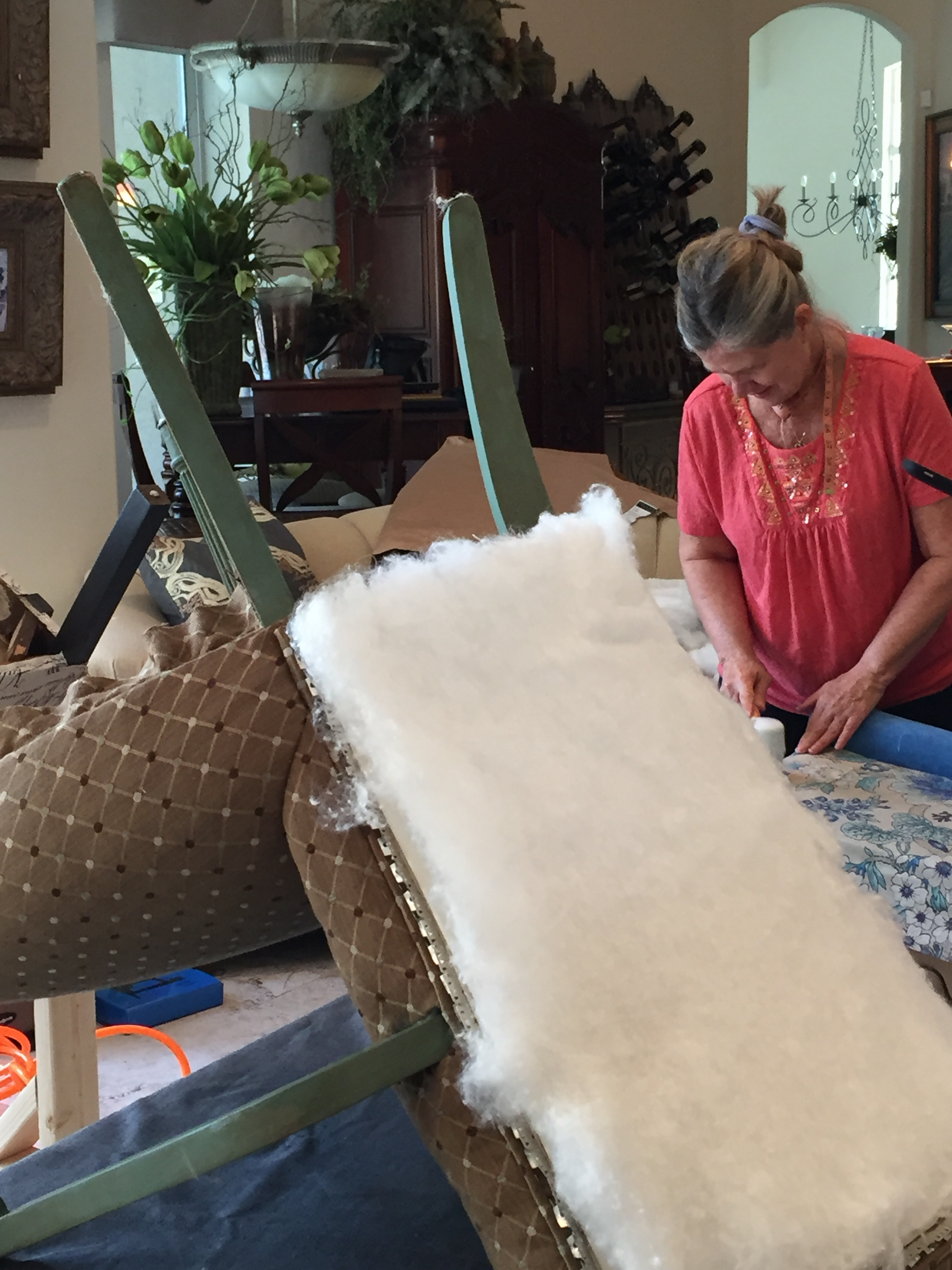
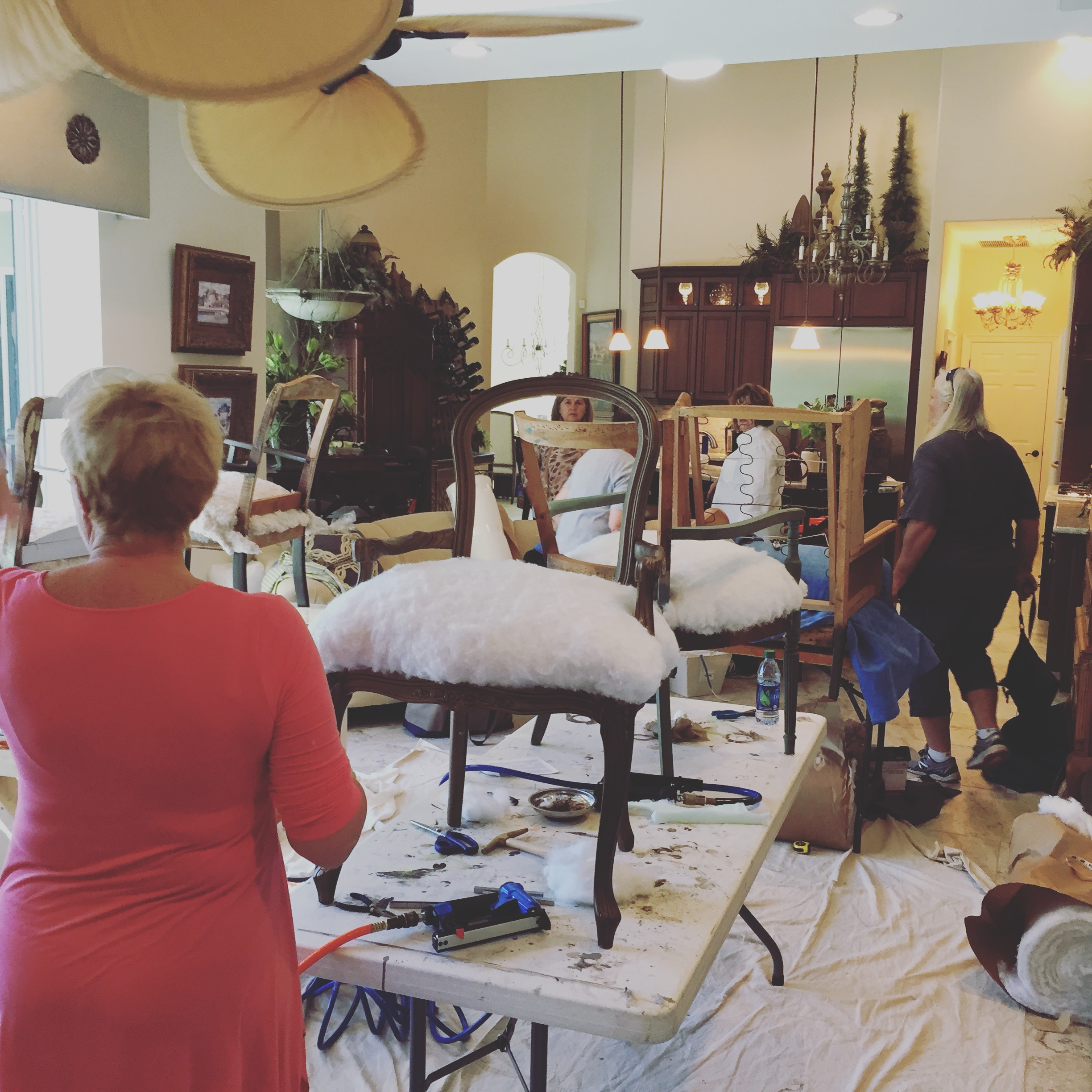


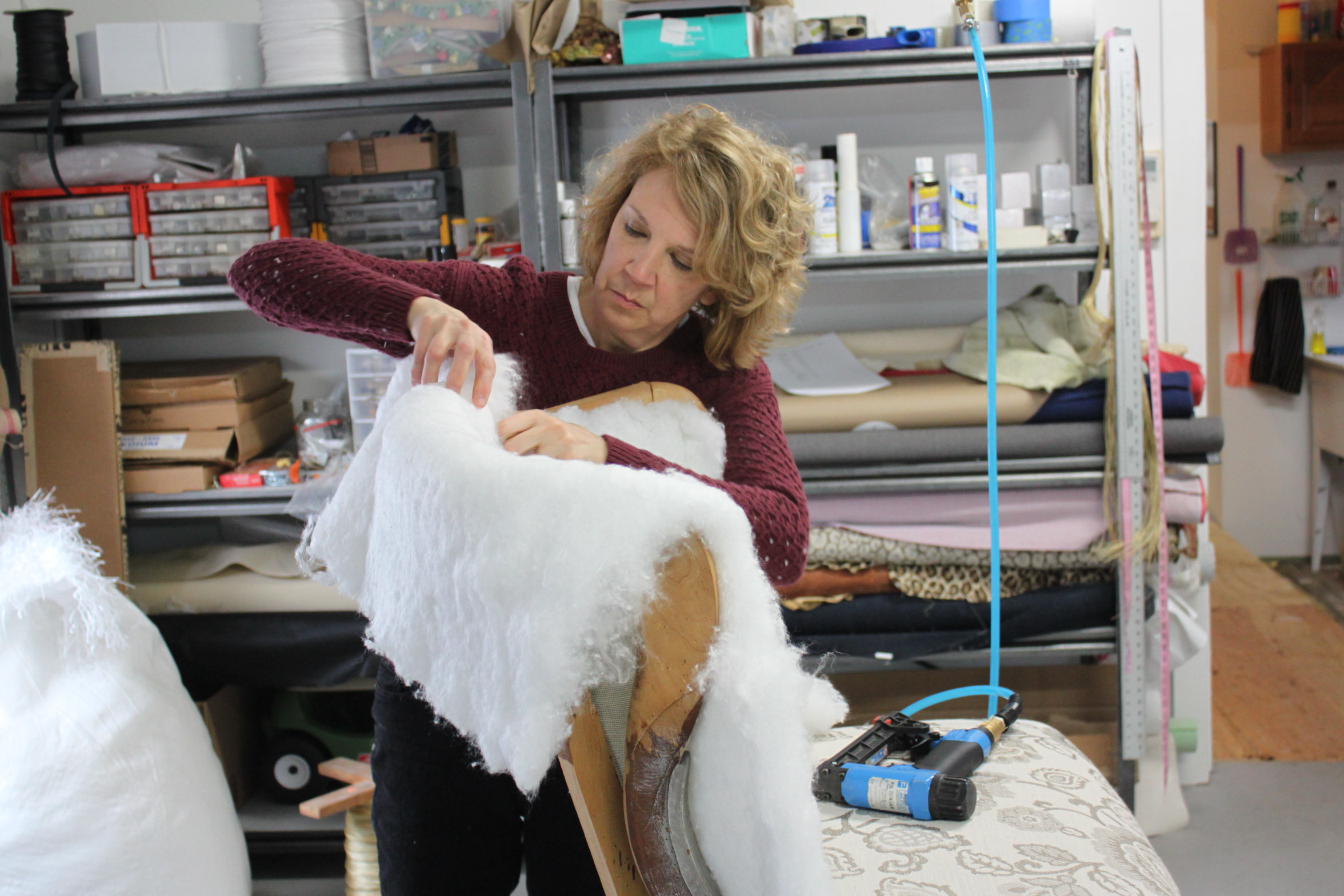

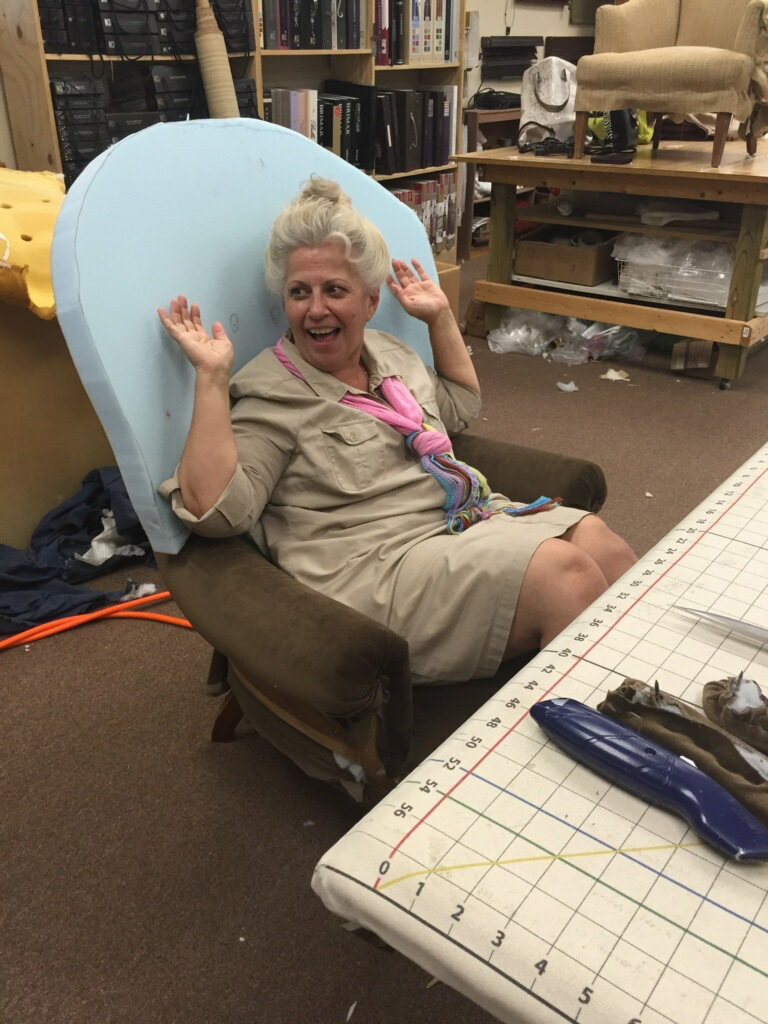

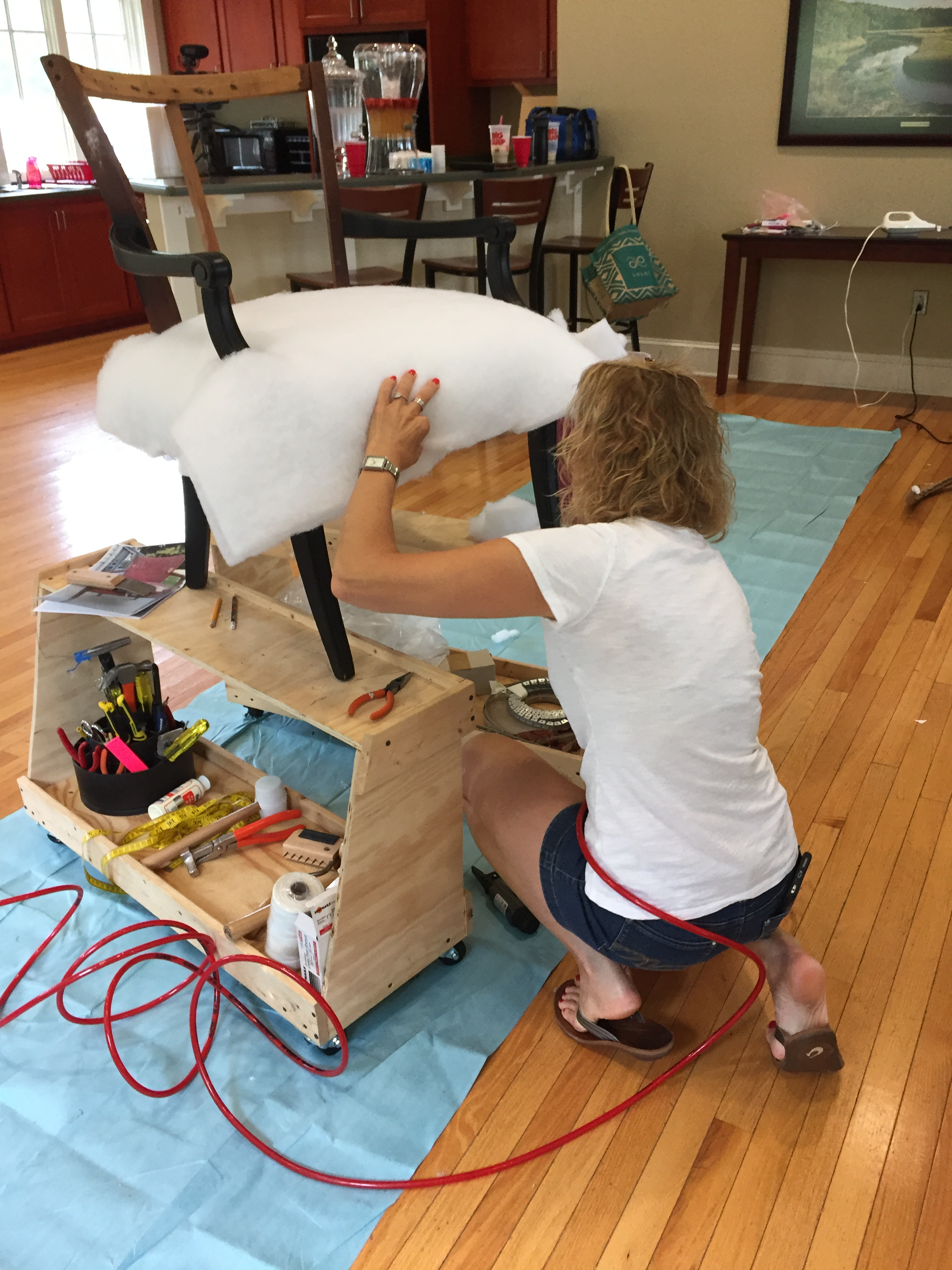


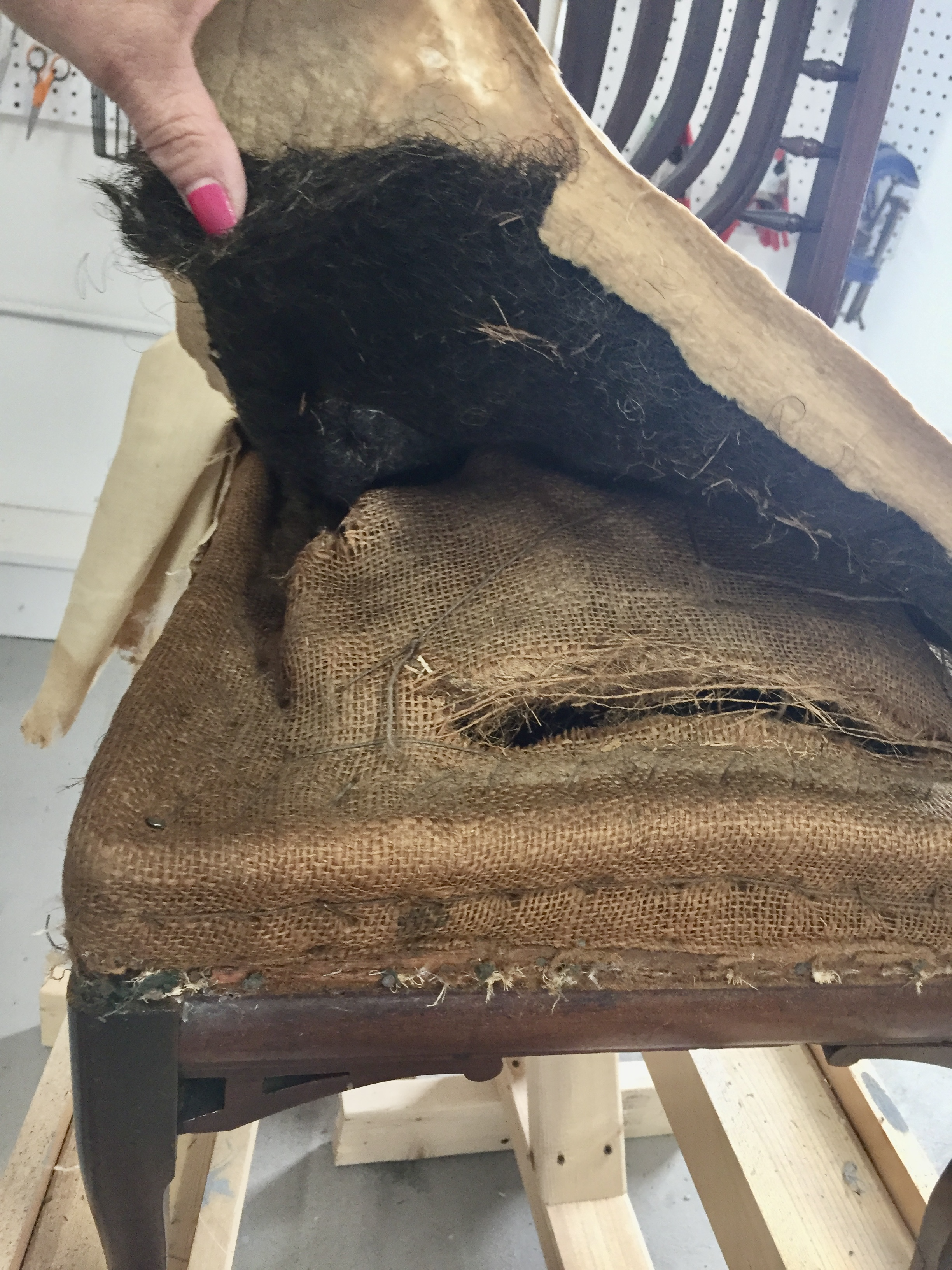

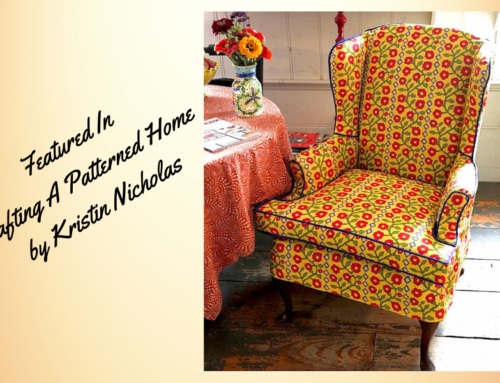
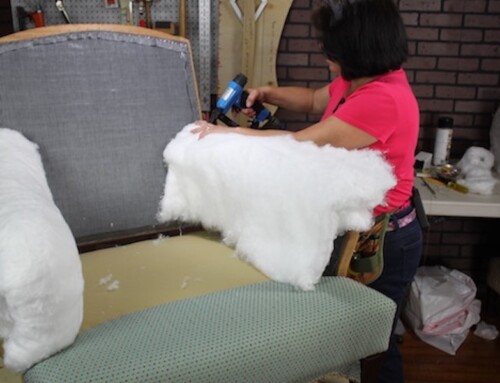
Leave A Comment